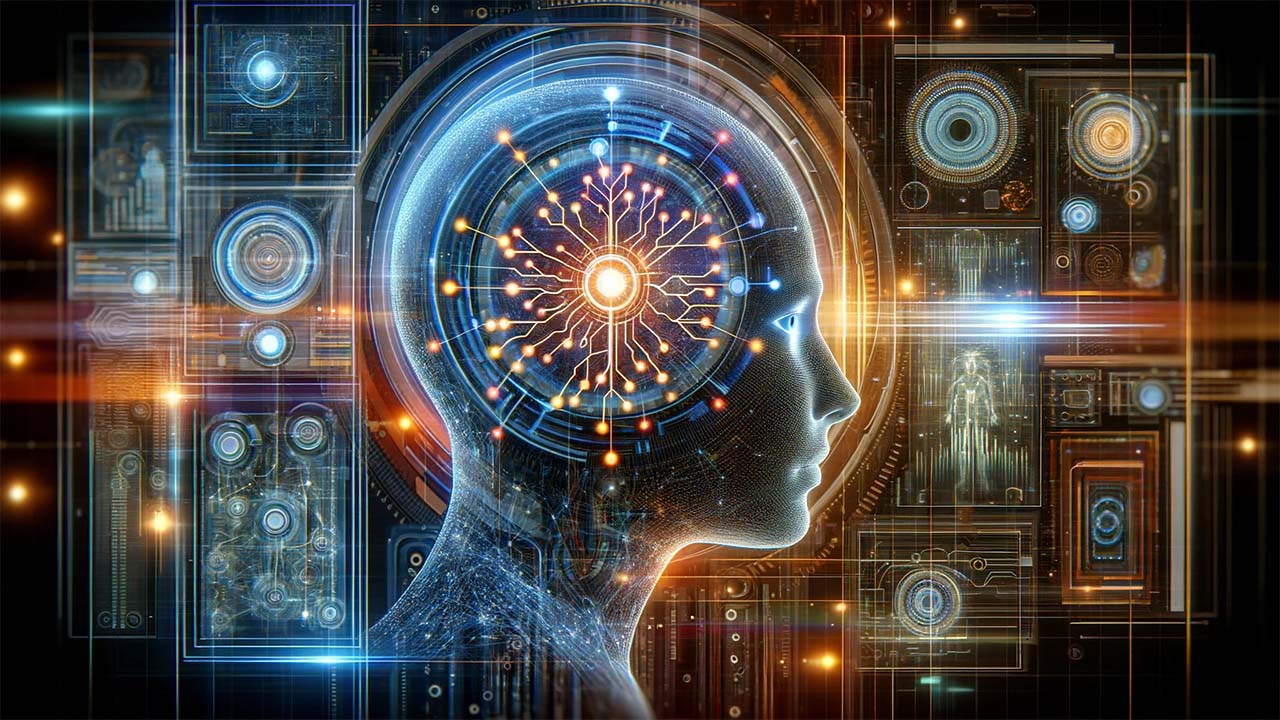
As we approach the end of the year, the new cameras keep coming, and AI keeps making the news. Wonder what 2024 will bring?
Apple’s ‘scary fast’ event shot on iPhone using Blackmagic Camera
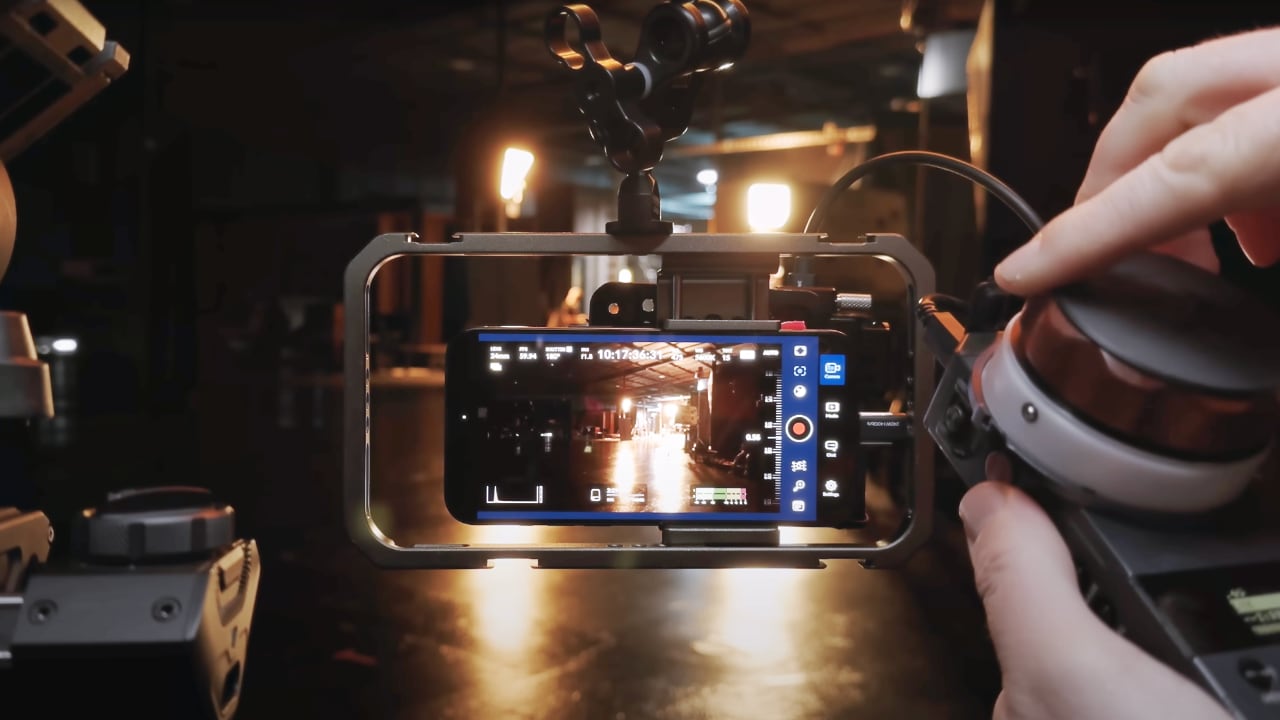
While the news of Apple’s new M3-powered MacBook Pros was still being digested, another information nugget made its way into the public sphere. It turned out that the entire Apple ‘Scary Fast’ event was filmed entirely on iPhones with Blackmagic Design’s iOS camera software.
The use of phones for the event was interesting for a couple of reasons. The first is that it demonstrates just how good the image quality is on modern smartphones. The second is that it also proves that your lighting is far more important than the camera model used, and that still requires space and equipment bulk.
We wrote, “The iPhone was used just like a traditional camera and mounted on cranes, dollies, drones, and more. In fact, when you have a look at the brief BTS below, it is astonishing how much (very expensive-looking) equipment surrounds the phone. It’s kind of similar to when we wrote recently about lighting ensuring that your setup remains hefty, only this time it's the gravitational field of vast budgets rather than just the physics of lighting adding Brobdingangian amounts of kit and crew into the mix. “
Can AI help us filter out media misinformation and fake news?

Many of the stories we hear about surrounding AI focus on how it will take our jobs, or even take over the world. So, it was a refreshing take when Dave Shapton focussed a question about whether AI could assist us in breaking through the plethora of misinformation and fake news that often finds its way into the public discourse.
David wrote, “The tsunami of information and content that we're deluged with every day is becoming increasingly challenging to filter. Ironically, much of this is due to AI, either curating and modifying our feeds to show us material designed to make us think one way or another - because that increases engagement and hence advertising revenue - or actually generating the content itself. What chance do we have when AI can generate photorealistic images of things that have never existed and can be created merely with a short text prompt, which another AI may have generated?
The best chance for us might be to use AI itself in a fact-checking role. As we saw earlier in this piece, this idea is not without issues when many of us can't agree on what a fact is. But facts are objective, or they're not facts. To be more precise, a fact is something that is independently verifiable.”
How Final Pixel launched the most successful F1 car of all time - virtually
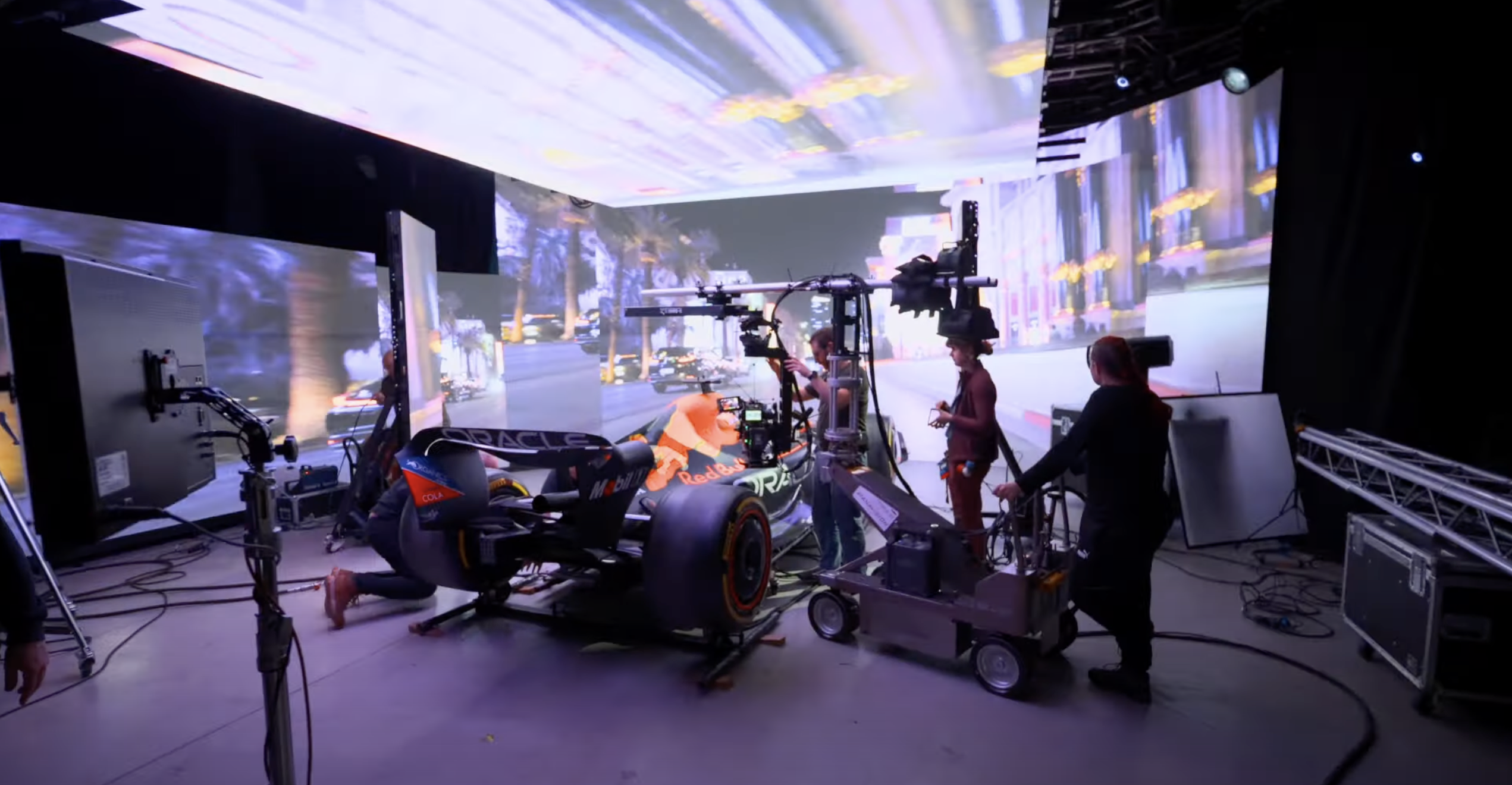
Oracle Red Bull Racing’s RB19 has been dominating F1 racing, but the company took an unusual tactic when it came to launching it. The launch video for the RB19 involved zero emissions, and no physical driving on real tarmac, and instead it was all filmed using virtual sets.
Andy Stout wrote, “As part of its launch video, the ever-active RedBull marketing team came up with the idea that the new car would be delivered to the wrong Manhattan in Nevada and then have to drive to New York for the launch, namechecking this season's Las Vegas, Austin, and Miami F1 racetracks along the way.
“The only wrinkle was that at the time of the shoot, the embargoed Oracle RB19 car was completely confidential and could not be seen by the public anywhere. That made shooting on location unfeasible, not to mention the problems of driving F1 cars on real roads (you can insert your own pithy comments about Las Vegas manhole covers here).”
The result is a clever video, although it does highlight that virtual sets are beginning to come across as a bit artificial looking, despite the advantages they bring.
Kodak finally releases its new Super 8 film camera
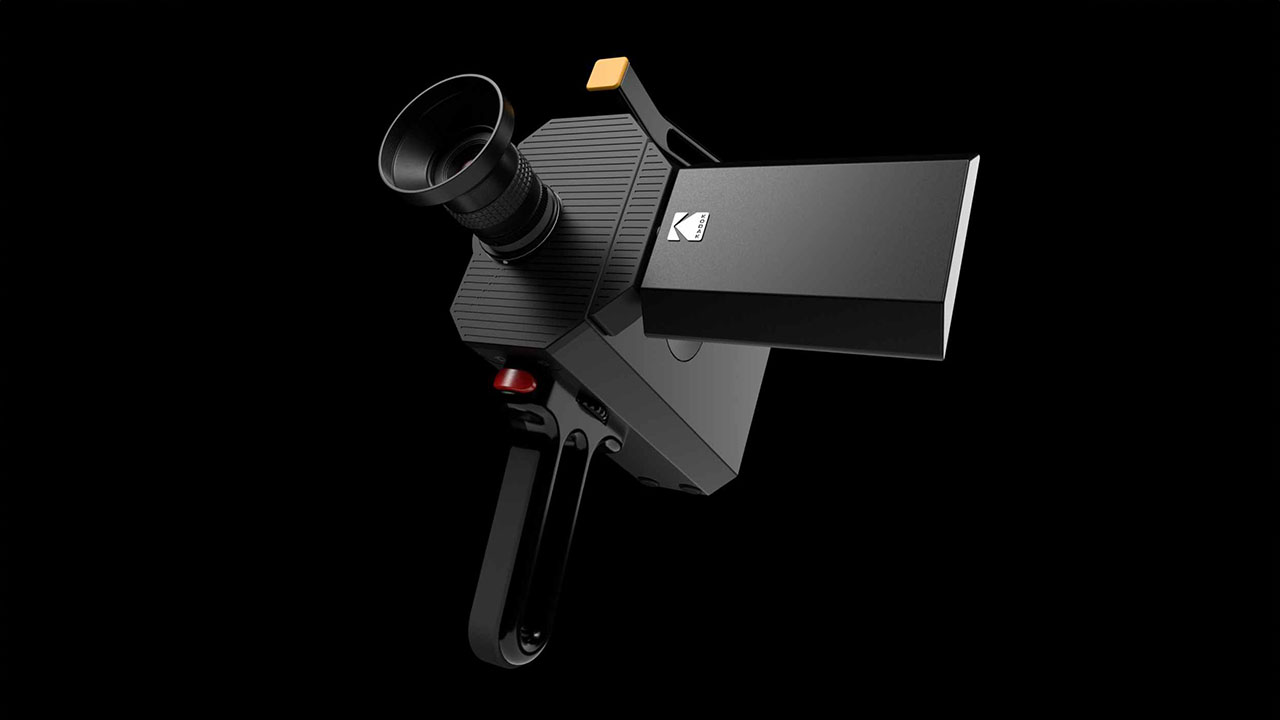
In what became a very surprise announcement, Kodak finally announced the availability of its new Super 8 camera. The what? Yes, a new Super 8 camera. First announced in 2016, the device promised to bridge the gap between retro and digital, with a flip out LCD display for monitoring, on board sound recording to SD card, and much more stable Super 8 than a vintage camera. Why on earth would they do this? There is method in the madness. Much like film stills, analogue is making a bit of a comeback as some people want to recapture some genuine retro styled moments without the fakery that comes with doing it in post. At $5k the Kodak camera isn’t going to suit all tastes, but for professionals who want to integrate the format into their work, such as wedding and fashion videographers, it makes perfect sense.
Insta360 Ace Pro reviewed: Smart features and image quality to match
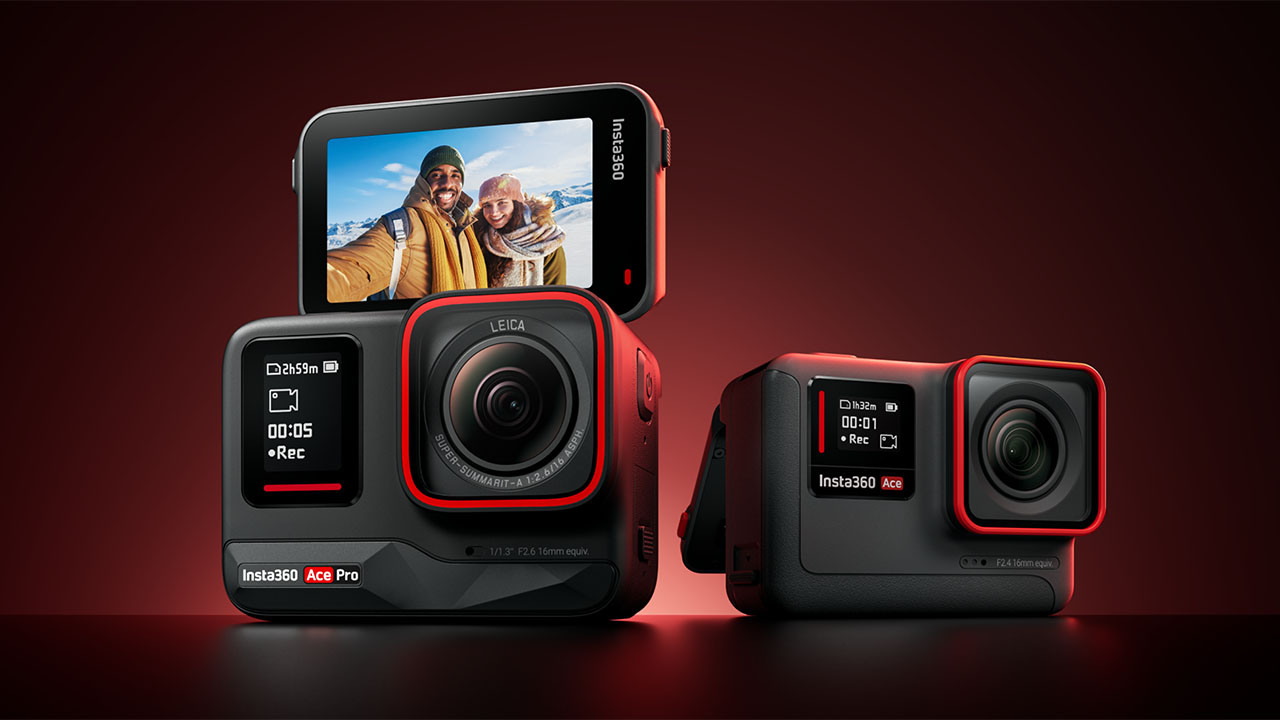
The action camera market is one that was very active during 2023, with the release of cameras such as the GoPro HERO12, the DJI Action 4, and the Insta360 GO 3. The latter company continued its push for market saturation with the announcement of the Ace Pro, a camera that was very much designed to take on GoPro and DJI full on.
Simon Wyndham put the new camera through its paces, and commented, “Insta360 has most certainly created a very impressive action camera. The $449 Ace Pro produces some impressive imagery, as well as providing reliability, an ultra-snappy touchscreen interface, exceptional battery life, and a fantastic mounting system.”
DJI releases long-awaited 8K/75p Ronin 4D-8K
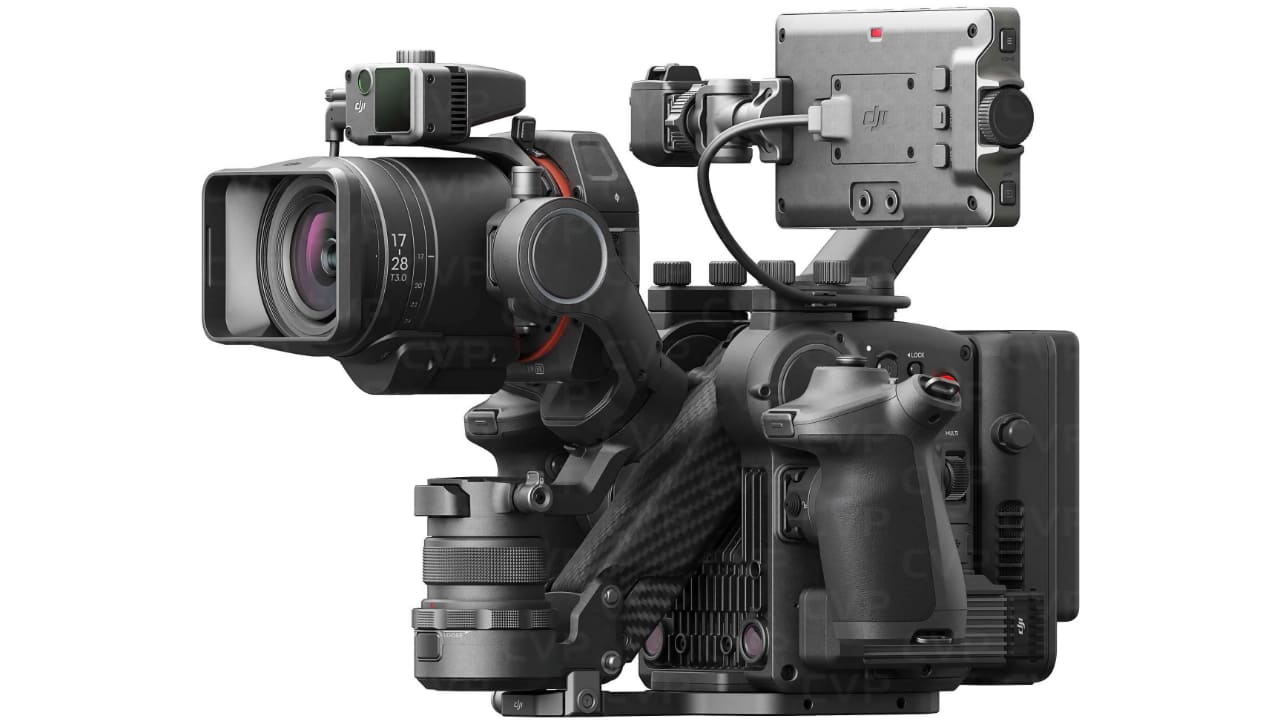
Two years after the release of the first Ronin 4D camera, it might have been easy to think that it had been forgotten and consigned to history as a great idea that didn’t catch on. However, DJI hasn’t been resting on the project, and recently announced a new 8K iteration of the camera that can film at up to 75fps in the format. At over $12k it’s nearly double the price of the original 6K model, but it does at least show that there is definitely a perceived market there.
When we tested the original camera, we were impressed with its capabilities, even if it wasn’t perfect. Of the new 8K version we wrote, “Judging from DJI’s PR materials it’s the color science in the camera that the company is most proud of. The Ronin 4D-8K integrates DJI Cinema Colour Science (DCCS), which delivers impressively natural skin tones even in complex lighting conditions. The DCCS color engine boasts a new algorithm, enabling smooth yet detailed images, high bit-width internal color and tone processing for natural transitions, and multiple high-precision LUT processing modules for precise color adjustments in diverse lighting conditions.
“Complementing this is the CineCore image processing platform, developed by DJI to deliver high-quality digital intermediates for post-production. Equipped with a proprietary chip and advanced processor architecture, CineCore supports up to 8K videos in professional codecs, including Apple ProRes RAW, ProRes 422 HQ, H.264, and (as per the Inspire 3 drone), CinemaDNG.”
AI in video production: Is it really coming for your job?
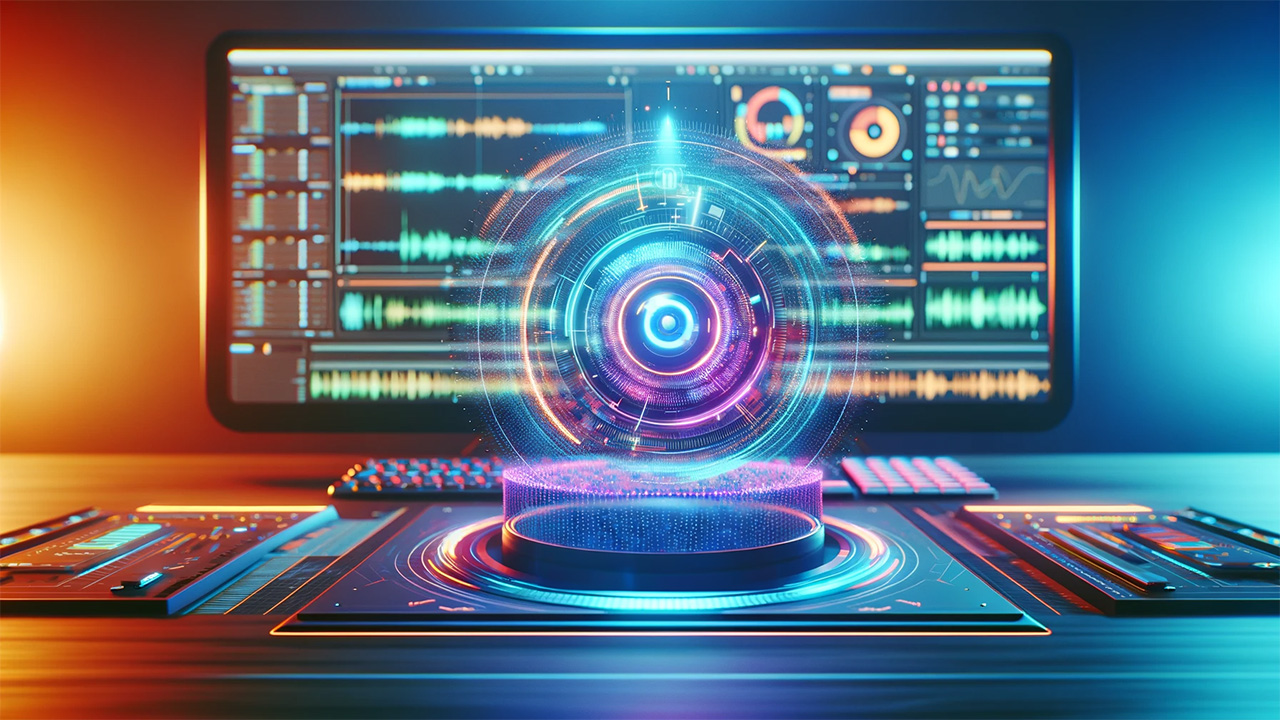
The AI content just keeps on coming. This time it’s in the form of a video article where Simon Wyndham asks whether AI will truly take your creative job, or whether we as humans can determine how far we let things go? After all, as long as humans remain creative beings, we’ll enjoy creating visual content regardless of how advanced AI becomes.
Tags: Production


Comments